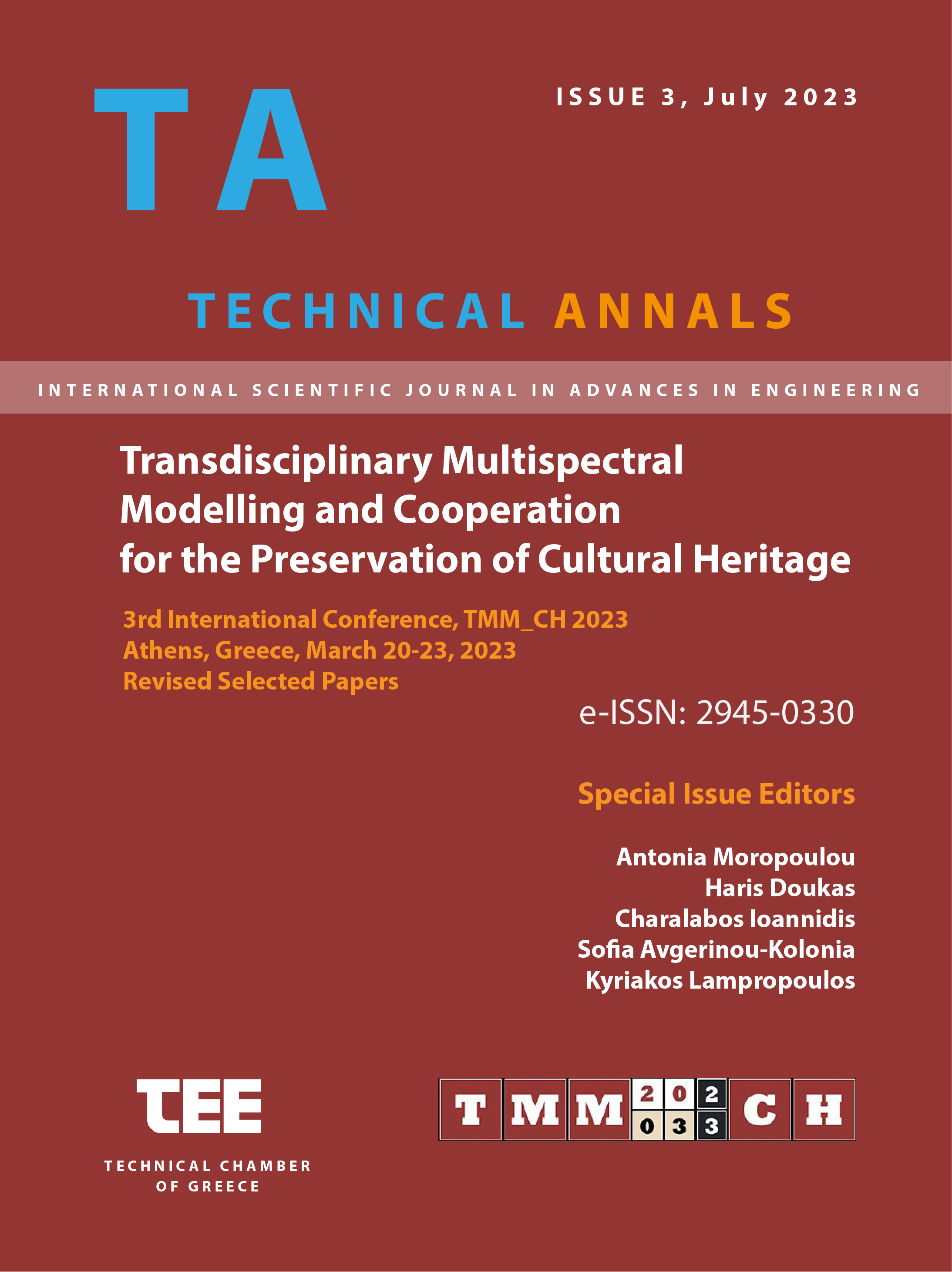The interventions for the main dome of Hagia Sophia throughout its history and a preservation proposal
Abstract
Throughout its history, Hagia Sophia has faced seismic risks due to structural issues. The ambitious design led to the complete collapse of the main dome merely 21 years after its construction, and partial collapses occurred in the 10th and 14th centuries. Over time, the structure underwent various repairs and reinforcements. Following the collapse of the south-eastern section during the 1346 earthquake, flying buttresses were installed, attaching to the main dome from four directions. However, during the Fossati repairs (1847-1849), these elements were removed and replaced with iron beams, framing the upper perimeter of the pedestal supporting the main dome. The current challenges faced by the main dome are primarily rooted in the design of the piers and arches rather than the dome itself. Since reconstructing these structural elements is impossible, efforts to address the dome's issues have concentrated on retrofitting the supporting system. This study critically assesses the current state of the main dome, examining past interventions. As a solution, it proposes reinforcing the main dome structure by installing a tension ring to enhance stability.
Article Details
- How to Cite
-
Diker, H. F., Günel, M. H., & Kapucu Güzelbulut, B. (2023). The interventions for the main dome of Hagia Sophia throughout its history and a preservation proposal . Technical Annals, 1(3). https://doi.org/10.12681/ta.36467
- Section
- Digital Heritage - Holistic Approach

This work is licensed under a Creative Commons Attribution-NonCommercial-ShareAlike 4.0 International License.



